Taking it to the streets
Our buildings, towns and cities contribute significantly to climate change. The built environment is directly responsible for around a quarter of the UK’s carbon footprint and to reach net zero by 2050, carbon emissions from this crucial sector must be substantially reduced.


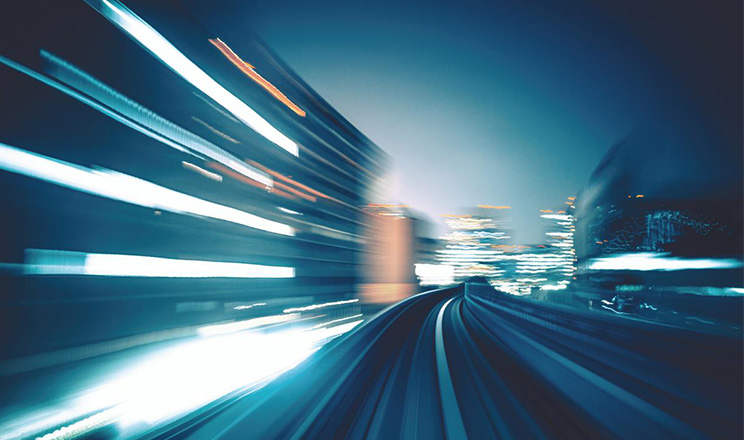

We all live and work in buildings, we walk down the streets and through the communities that connect them every day. However, our buildings, towns, cities and the infrastructure that lies between significantly contribute to climate change. The built environment is directly responsible for around one quarter of the UK’s carbon footprint. For the UK to reach net zero by 2050, carbon emissions from this crucial sector must be substantially reduced.
Whilst 2050 still feels far away, the reality is that by 2030 we must halve global emissions, so the next few years are critical. The decade ahead is, therefore, crucial and we must use it to rapidly transform our towns and cities – both to decarbonise and to build communities that can adapt to a changing climate.
Our streets will be at the heart of this change as we look for ways to protect vital resources including energy and water, enable nature to thrive and build communities that support environmental, economic and social wellbeing, and in doing so improve the quality of life of the residents. The move to be more sustainable will drive significant changes within our buildings and across our streets; it has the potential to change life as we know it, supporting and enhancing the wellbeing of local individuals, businesses, communities and future generations.
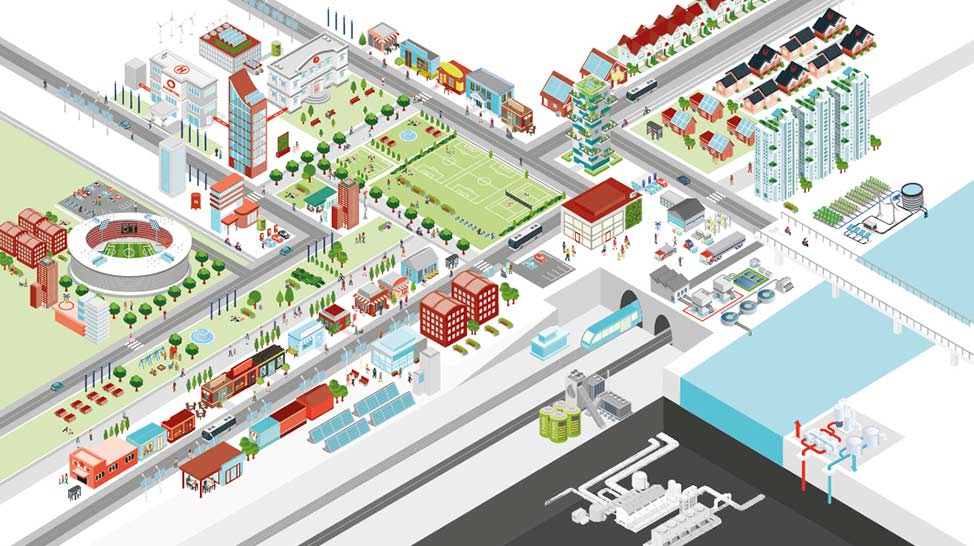
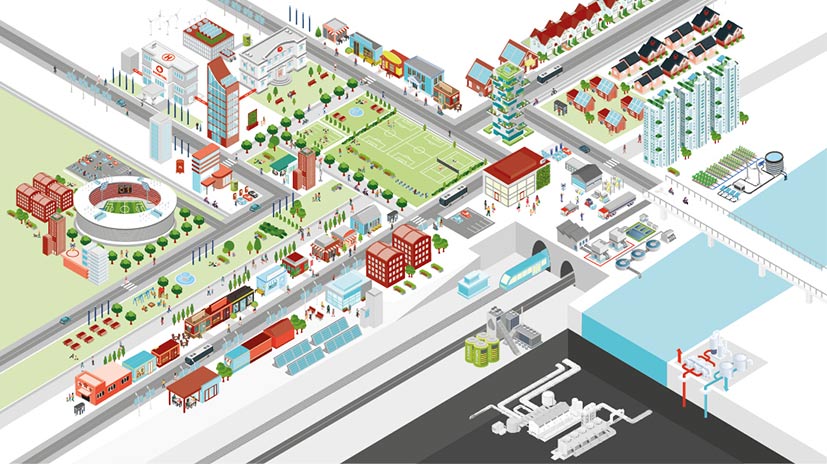
Streets of the Future – a view of how our cleaner, greener cities could look
We’ve worked with the UK Green Building Council to explore how the streets of the UK could look in a future world designed to tackle the climate crisis – absorbing the new technologies and lifestyle changes in our buildings, road traffic, energy generation and even recreation.
Visit eonenergy.com/streets-of-the-future for more information.
Our Streets of the Future will see greater use of nature.
Nature provides services that mitigate climate change. It can enhance resilience, restore biodiversity as well as improve human health. We will see more rewilding, greenspace, rooftop gardens, green walls, and streets lined with trees to provide natural shelter from sunlight.
Urban areas will utilise sustainable drainage systems to manage surface water runoff, mimicking the natural drainage process whilst enhancing biodiversity. Interaction with and exposure to nature provides a wide range of mental and physical health benefits for communities, such as improved-air quality and more space for exercise.

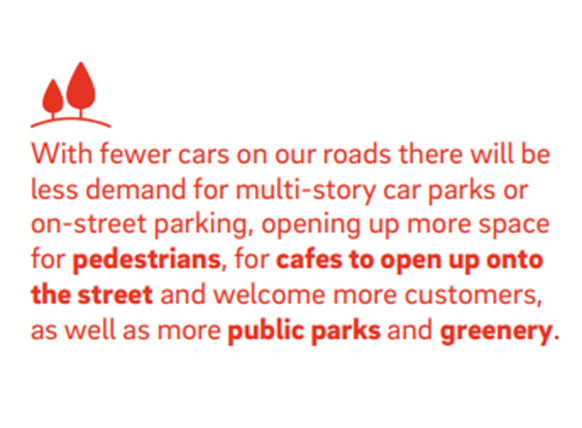
Streets will be modelled on the greater use of public transport.
Surface transport is the largest source of carbon emissions in the UK. One of the biggest changes we must embrace across our towns and cities is reduced dependency on private vehicle ownership, accompanied with more reliable public transport links. Public transport eases congestion, reduces emissions and air pollution, whilst connecting us with other across our community.
Every building within our Streets of the Future will embrace smart technology, consume less energy and reduce reliance on fossil fuels.
Reducing the energy consumed through heating and powering buildings – in particular our homes – is key in our fight against climate change. We have one of the draughtiest housing stocks in Western Europe, meaning the increasingly costly energy we buy is leaking out of our windows, doors and walls.
This will include greater use of roof and wall insulation, replacing gas boilers with heat pumps, installing solar panels on our roofs, as well as equipping our homes with electronic devices that enable us to remotely control how and when we’re using energy to heat and light our homes.

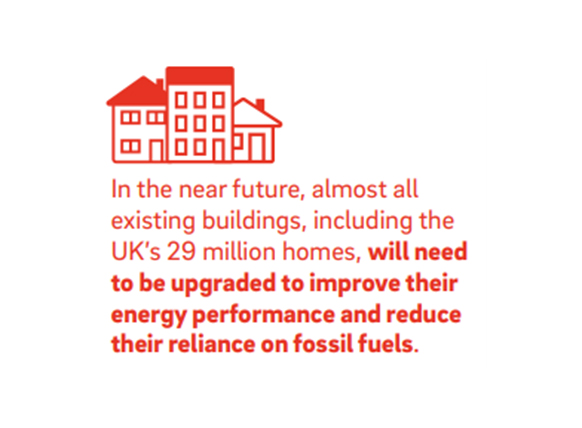
Our Streets of the Future will give new life to old buildings.
The convenience of the online world means our high street is changing. Whilst there is less demand for certain shops and amenities to be physically available, this should not mark the end for the buildings they once occupied. In the UK, construction, demolition and excavation account for over half of material use and waste generation.
To ensure our Streets of the Future are less wasteful and more resource efficient, we will see greater re-use and re-purposing of existing buildings and building materials. We will see derelict buildings being revived and transformed into a mixture of high-quality flats, homes, and new businesses. As we embrace the UK’s transition to net zero it is vital that we change the way we construct, heat, power and renovate our buildings, as well change the relationship our built environment has with nature.
With change comes opportunity. Our Streets of the Future have the potential to deliver transformative benefits for our local communities and businesses. From cleaner air and warmer, cosier homes, to better transport links and more places to relax outdoors. Through embracing change, our streets will feel more inclusive, safe and better equipped to support the communities’ sustainable lifestyles.
Share to:

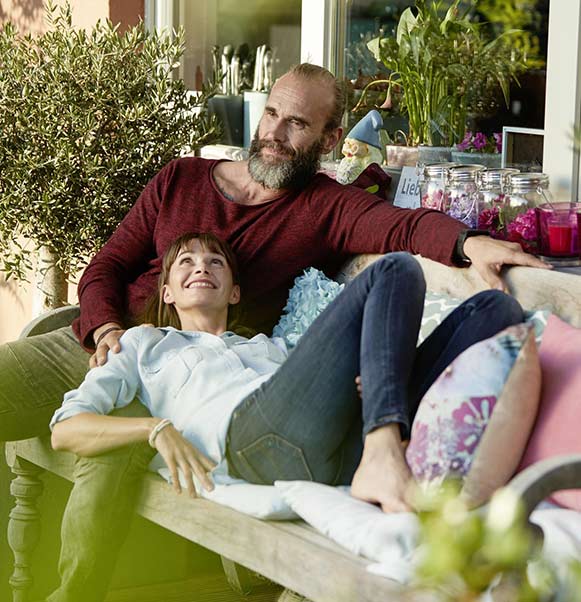
Sustainable homes
Find out the many ways in which you can create a more sustainable home and reduce your carbon footprint.
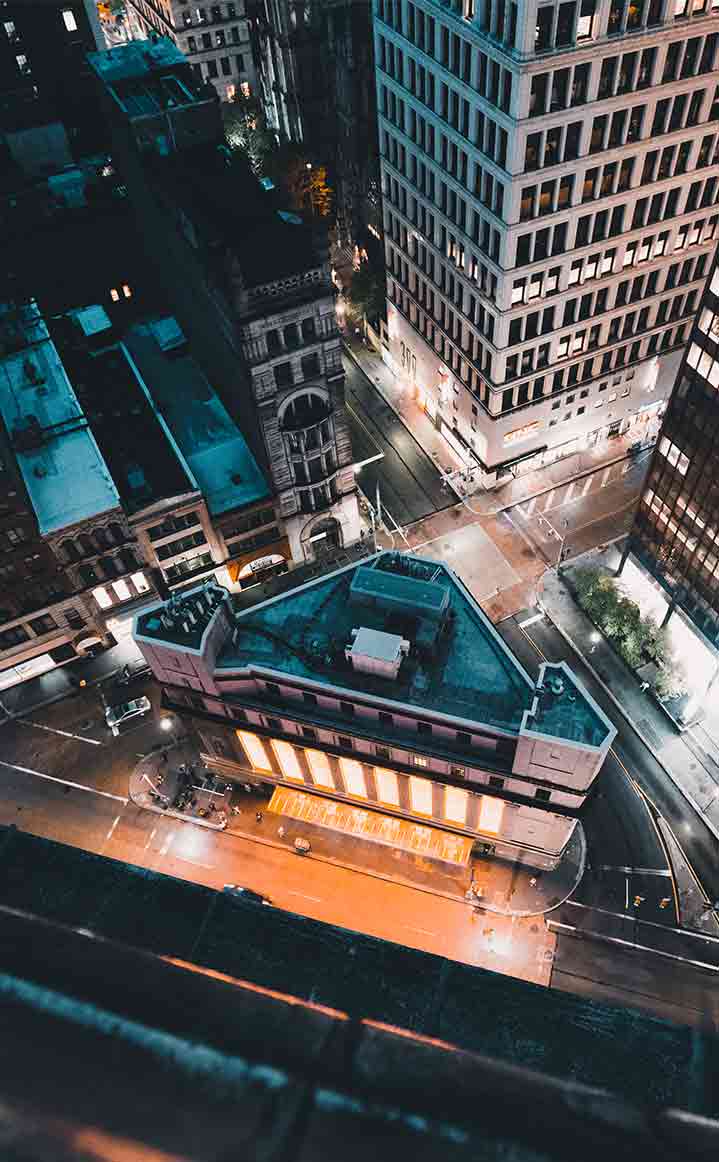
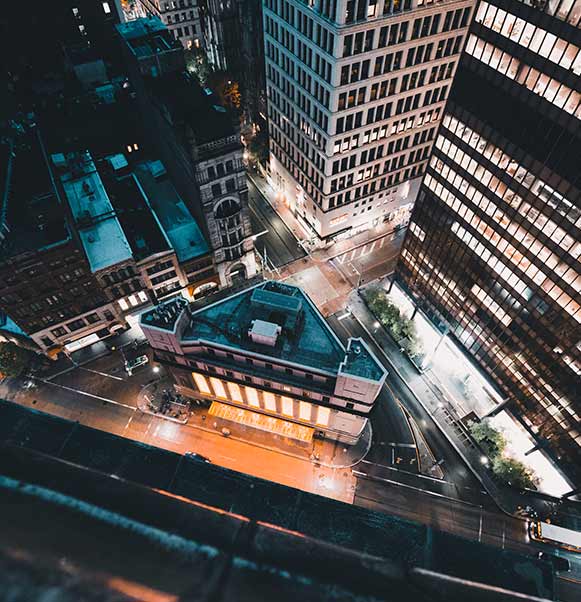
Sustainable cities and communities
Find out how we're creating smart, sustainable cities and communities across the world.
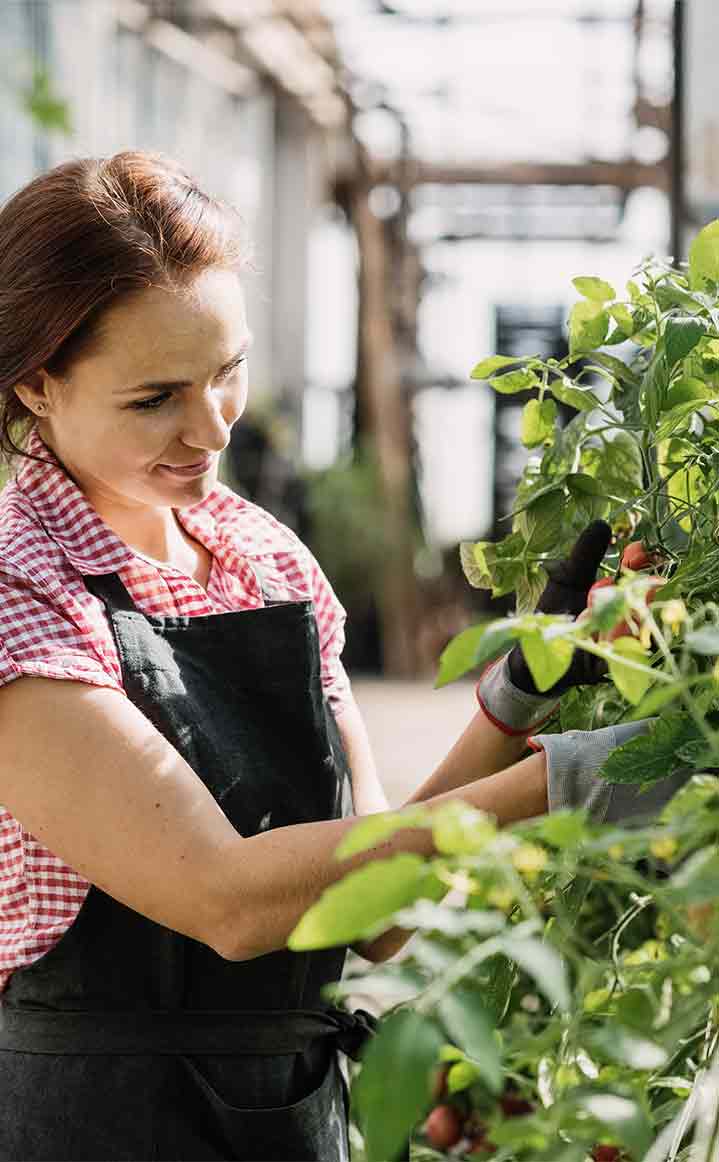
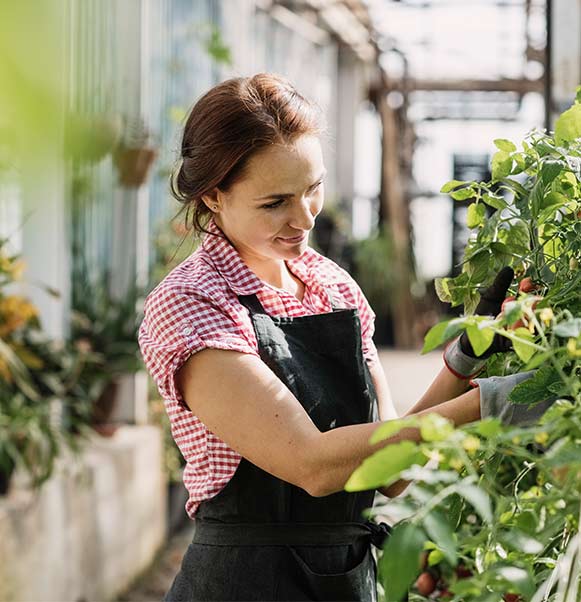
Sustainable businesses
Find out how to turn your business into an industry leader for sustainability.
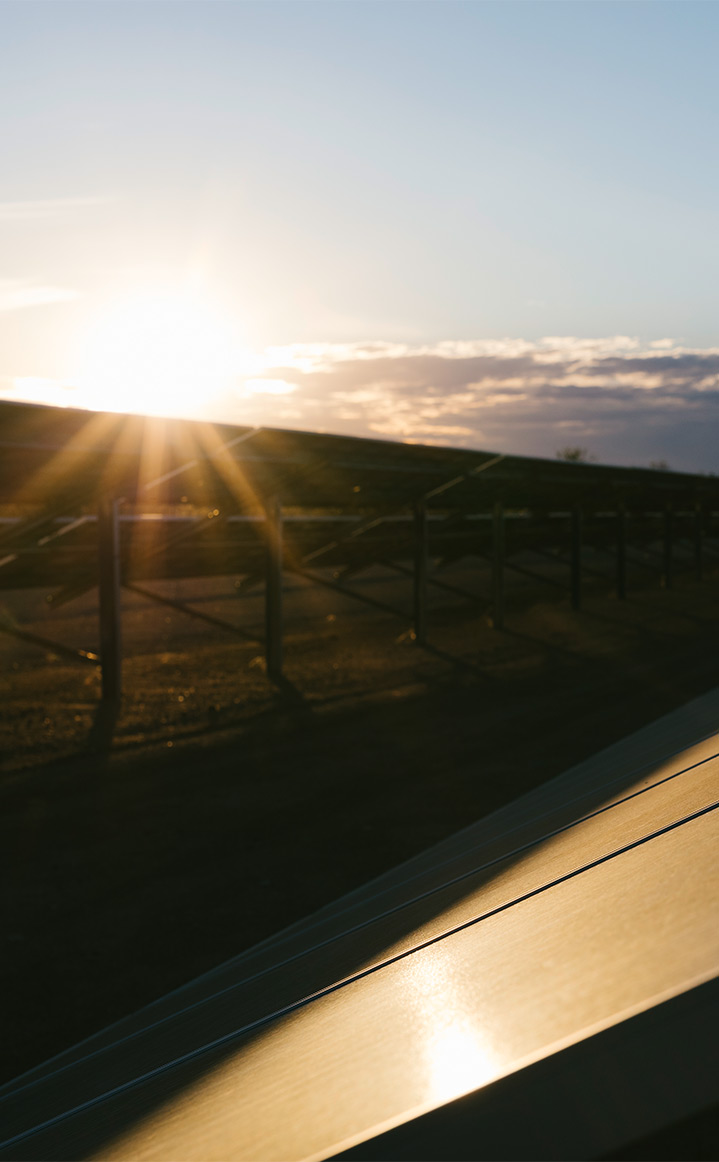
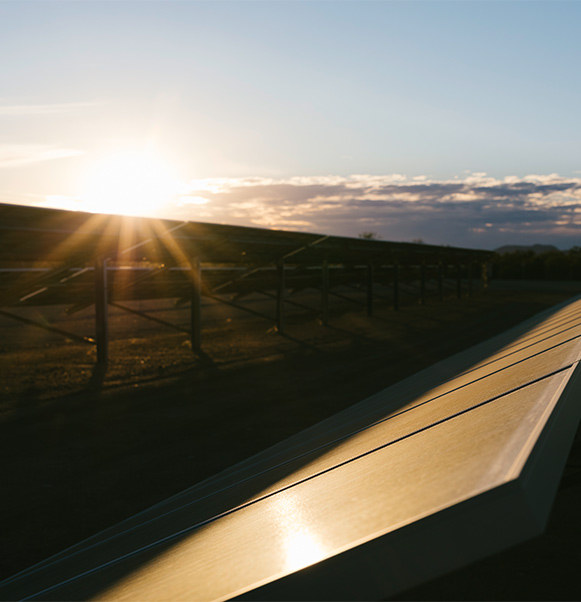
Going greener
Whether you’re driven by environmental and social concerns, or responding to customer demand, we take a look at the opportunities offered by renewable and sustainable business solutions.


100% renewable electricity
We believe in a sustainable future, that's why we provide our customers' homes with electricity backed by 100% renewable sources including wind, biomass and solar, with a fixed tariff.


The advantages and disadvantages of solar energy
Solar energy can power our homes, businesses and communities. Discover the pros and cons of solar power and how it works to generate renewable energy.